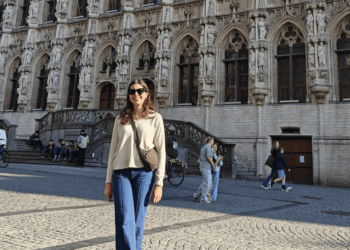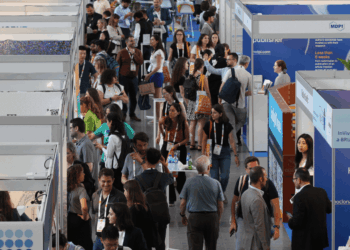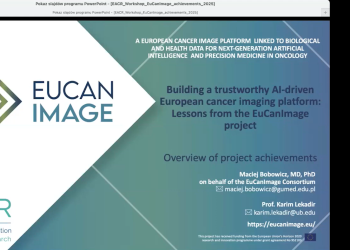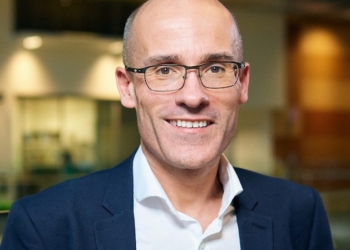“No need to chart a course at the outset, they said, but rather follow the tune and delight in the journey. It was bound to lead somewhere great…” – Pamela Ryckman (Candace Pert: Genius, Greed and Madness in the World of Science).
What is the main reason you got into science? Besides wanting to win a Nobel Prize, because, let’s be honest, that’s the biggest inside joke among the scientific community, isn’t it?
 One might say ‘for the ‘joy of discovery,’ or ‘to constantly learn new things.’ I’m sure you remember the time you first thought research was for you. Personally, when I was a kid, my dad bought me one of those toy plastic microscopes where you could examine carpet fibres on thinly mounted plastic slides. Fascinating, right? I was transfixed, carrying this pocket microscope around everywhere, annoying everyone for hours by telling them to look at carpet fibres.
One might say ‘for the ‘joy of discovery,’ or ‘to constantly learn new things.’ I’m sure you remember the time you first thought research was for you. Personally, when I was a kid, my dad bought me one of those toy plastic microscopes where you could examine carpet fibres on thinly mounted plastic slides. Fascinating, right? I was transfixed, carrying this pocket microscope around everywhere, annoying everyone for hours by telling them to look at carpet fibres.
But this is something that I’ve tried to carry through my work as an early-career scientist – that ‘keenness’ for science. It’s the same reason I enjoy bringing friends and family into the lab to look around and stare at some cells for a while; you see that true spark of curiosity and are reminded as to why you got into science in the first place. I also fondly call the Science Museum my ‘second home’ as I’ve been there eleven times (and counting!) with individuals from different backgrounds of interest. Yet a recurring observation was a collective curiosity when stepping into a totally new or even familiar world for a few hours.
But in the context of high-intensity academia / industry, this curiosity can be quickly shrouded by the dark mist of publishing pressure and ‘need’ to find that next revolutionary game changer in your field. Suddenly that Nobel Prize joke seems a bit more real now, doesn’t it?
 Fun fact, there exists an award ceremony known as the ‘Ig Nobel’ devised by the scientific humour magazine, ‘The Annals of Improbable Research.’ The premise of the Ig Nobel is interesting– scientists are awarded based on the ability of their research to make readers ‘laugh then think.’
Fun fact, there exists an award ceremony known as the ‘Ig Nobel’ devised by the scientific humour magazine, ‘The Annals of Improbable Research.’ The premise of the Ig Nobel is interesting– scientists are awarded based on the ability of their research to make readers ‘laugh then think.’
For example, scientist Len Fisher claimed to have solved the mystery on how long to dunk biscuits in tea to avoid complete disintegration. While this may seem like a completely random topic of interest (which makes you laugh upon reading it), the physics behind this is interesting as he uses Washburn’s Equation and capillary action to provide a time for ideal biscuit ‘dunkage.’ In every case of the Ig Nobel, scientists have performed research with the goal of making science more accessible and instilling curiosity in the general populous. If you’re looking to replicate results, I believe McVitie’s plain Digestives were used as the tester.
 Indeed, curiosity fuels the scientific method, from initial observations and hypothesis generation to data collection and restructuring of results post-analysis. From Isaac Newton’s initial curiosity about apples falling and Jocelyn Bell-Burnell’s discovery of the first radio pulsar.
Indeed, curiosity fuels the scientific method, from initial observations and hypothesis generation to data collection and restructuring of results post-analysis. From Isaac Newton’s initial curiosity about apples falling and Jocelyn Bell-Burnell’s discovery of the first radio pulsar.
Not only does curiosity make us happier and more collaborative individuals, it also brings the opportunity to keep research in line with the bigger picture and wider implications, particularly when linking arms with the public engagement sector and keeping the ‘why’s’ and ‘what if’s’ at the forefront of scientific questioning.
So let’s all try and aim to be more ‘null-hypothesis positive’ and instill a culture in which we drive science forward, not by positive p-values and increasing the pressure to publish, but by the common knowledge we gain through collaboration, increased public education and being truly curious in our respective fields.
And then celebrating the main reason we all got into science in the first place – because we love being curious! Whether it results in an Ig Nobel or a real one.
 About the author:
About the author:
Mary-Pia Jeyarajasingham is a third-year Biochemistry PhD student at the University of Cambridge / AstraZeneca. She completed her MSci in Biomedical Sciences at St George’s, University of London in 2022. Her current research focuses on the actin cytoskeleton, specifically targeting molecules that may influence filopodial dynamics and assembly. Outside the lab, she enjoys playing the piano and violin, reading, travelling and posting regularly on her science communication (SciComm) Instagram @TheBiomedWaterCooler.
About this article
This is one of our shortlisted entries for the 2024 EACR Science Communication Prize themed around our #KeepResearchCurious campaign. Choosing a winner was incredibly difficult and we’re delighted to share our shortlist with you.
The images in this article were created by the author using AI.


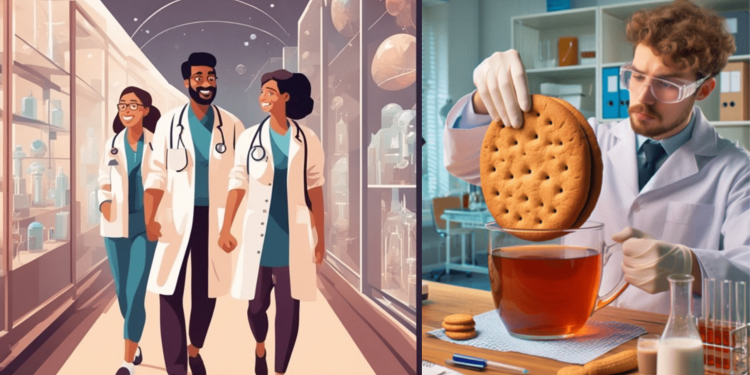
 About the author:
About the author: